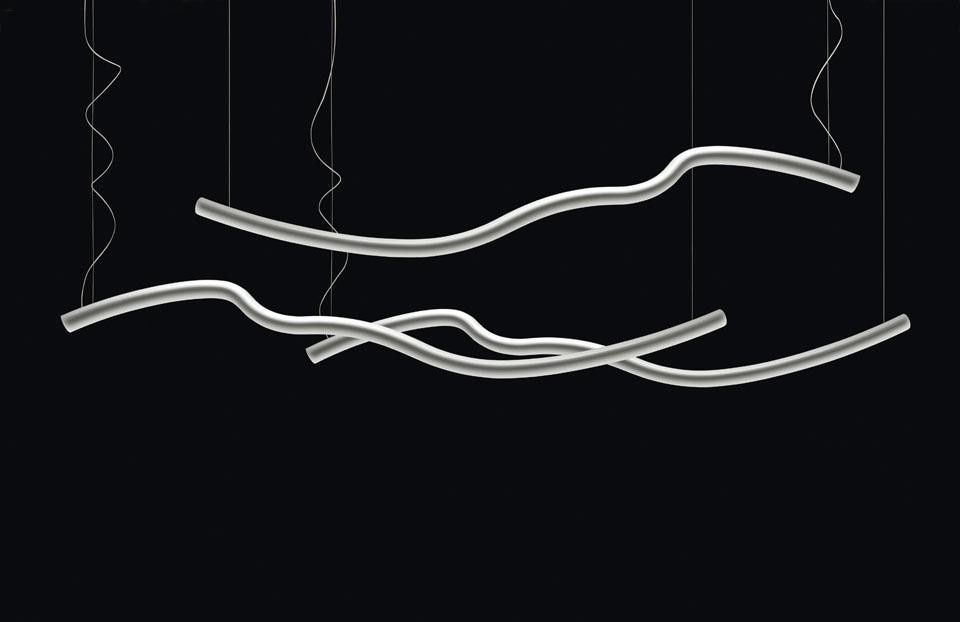On the subject of lighting design, and light fixtures in particular, one is immediately reminded of this striking observation used by Pierluigi Nicolin (editor of Lotus and lecturer on the degree course in interiors at Milan's Faculty of Design) to describe his concept of interior design, as distinguished from straight design and from the architecture of interiors. This characteristic is more or less evident in all experiences of design concerned with light. But in some cases, as in the Foscarini editions analysed here, it is clearly read through a precise and original editorial philosophy devoted to the pursuit of narrative research. This design vision of light is certainly rooted in the company's origins (linked to the history of Murano glass) and its date of birth in 1983, at the height of that aesthetic and cultural renewal which erupted in the epochal passage of post-modernity. Not intended merely as pure functional performance, light is interpreted as the actual material of objects designed to furnish spaces with a strong poetic reaction.
The post-modern forge embraces the idea of an evolved craftsmanship capable of merging old wisdom, new technologies and innovative materials. If this productive outlook is offered as an encounter between new projective design visions regarding typology, form and technique, the result is an ideal condition that can synergetically stimulate innovation and the market. This condition, however, is maintained through a very delicate balance that is not easily accomplished. At times, even the mere fact of looking for it contributes to the authentic quality of a product. Drawing on an analogy to the publishing world, Foscarini's "editorial" approach can be defined in relation to two different models: the house interested in publishing innovative and original material beyond fictional qualities; and the house looking for biographical, if not plainly autobiographical texts, with a prominent figure who evokes an almost mythological impact.
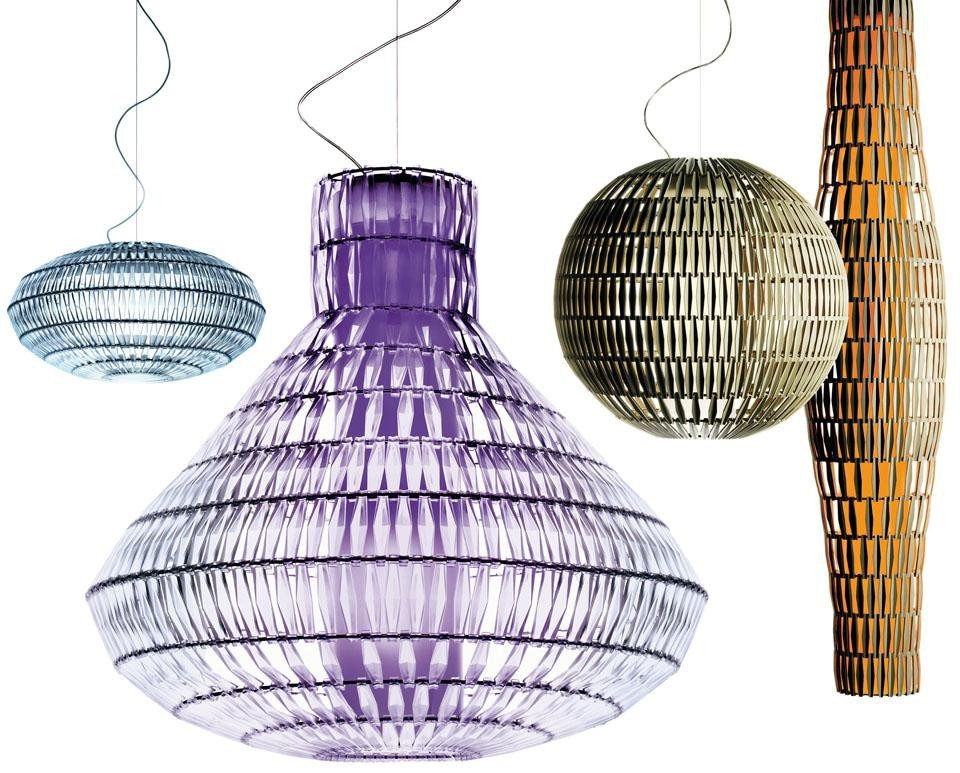
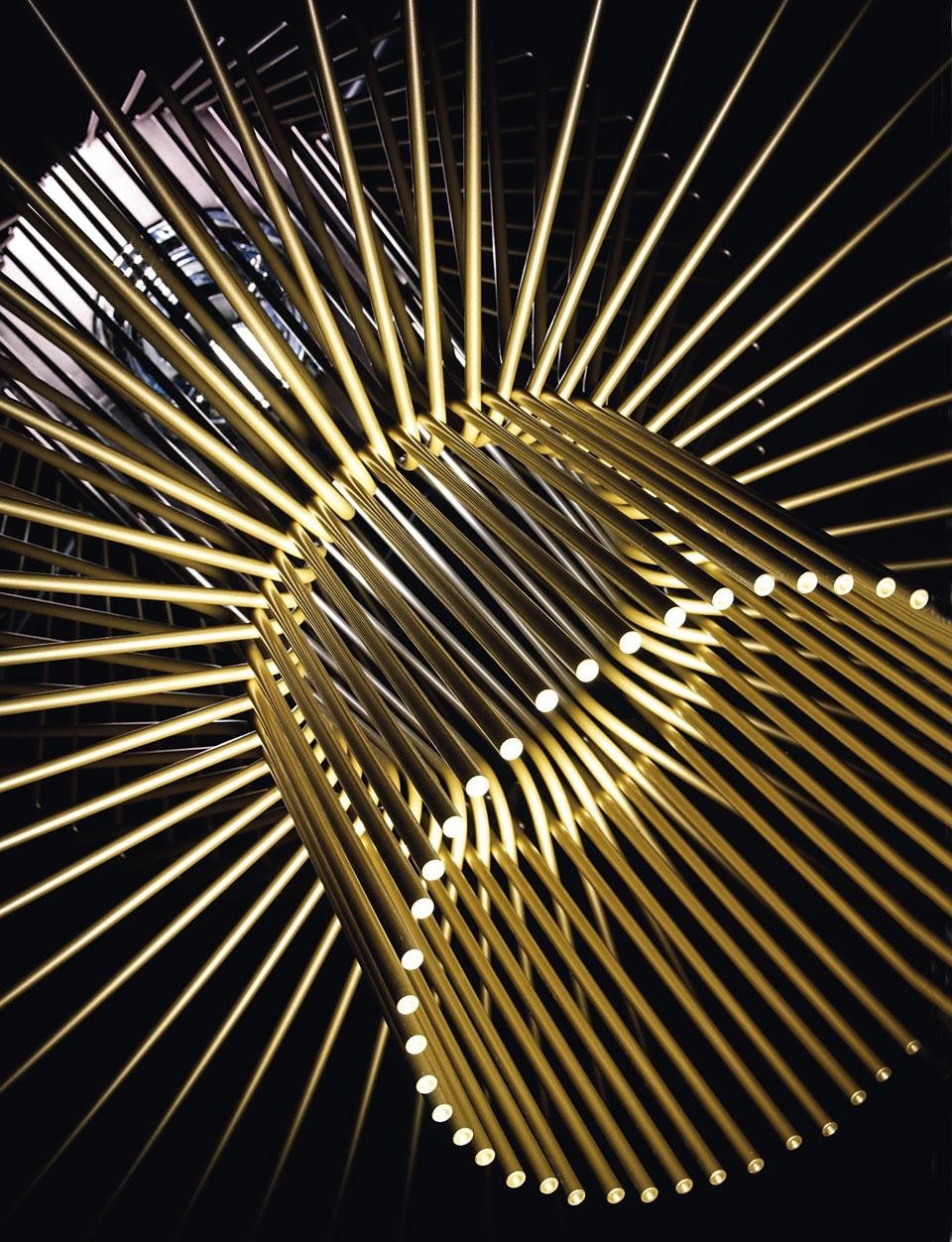
Other figures, with a different evocative language, arrive from the Tropico suspension fittings designed by Giulio Iacchetti. Turgid forms like squashed spheres, spindles or drops are fluctuating presences similar to jellyfish floating freely in space. The result of Iacchetti's interesting play of transfers with the traditional crystal drop chandelier is a lamp made with a gravity-modelled structure. Its horizontally arranged metal rings are like the meridians of the globe, connected by elements in thermoplastic resin similar to faceted glass drops. This research was conducted with other fine results by Angelo Mangiarotti in 1967, with the Giogali glass hooks system. But Tropico's play of references goes even further, connecting with the world of recycled objects in certain Third World areas, such as baskets made of woven strips of coloured and translucent plastic. It is a daring yet appreciable idea to transfer concepts from the stately "drops chandelier" into a form reminiscent of certain joyous models inspired by recycling initiatives in African suburbs, even though it takes little to exchange the magic of one for the seduction of the other.
A look through Foscarini's catalogue, one feels a bit like Ulysses voyaging through a world and landing in places inhabited by lamps that rule undisputed over a space and design its atmosphere
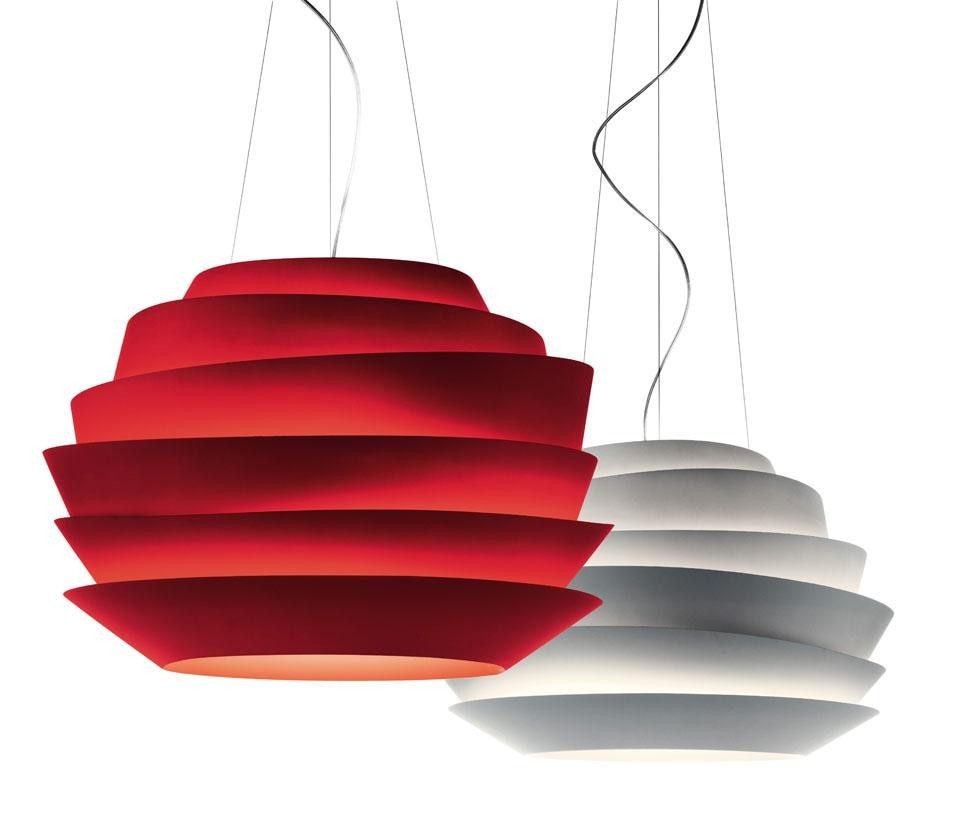
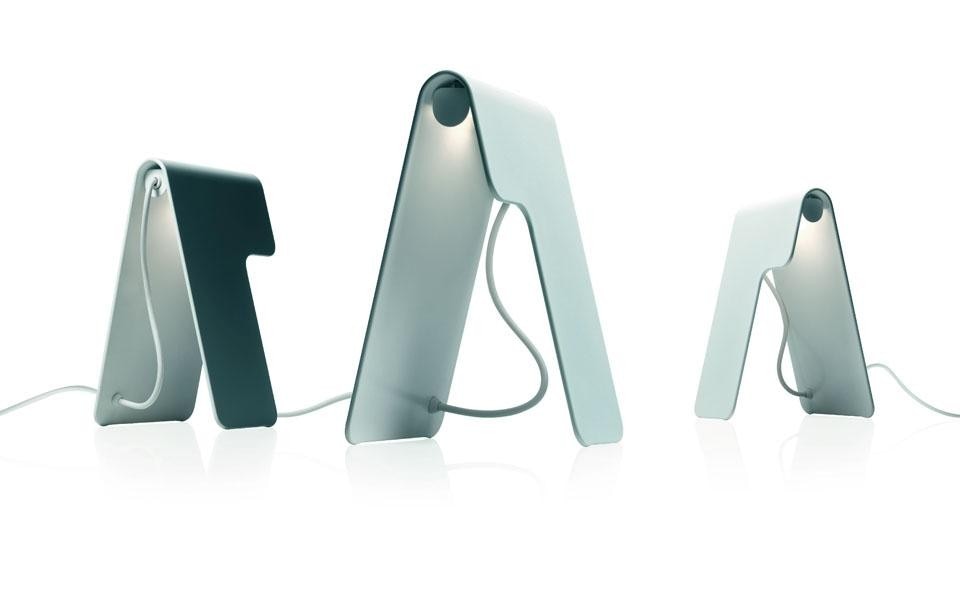
But perhaps in these cases (although in reality this would apply to all in general) it would be necessary to "live" with this lamp, allowing it to accompany a part of our lives, in order to grasp its virtues better. Finally, it is impossible not to mention the various and multiform ideas presented in the Aplomb family of suspension lamps with cement diffuser, designed by Lucidi Pevere; in the Fly-Fly flounced wimple cum suspension lamp by Ludovica + Roberto Palomba; in the friendly watchful eye of the little Binic table spot by the young French designer Ioanna Vautrin; and in the curious Gehry effect of the "pile of after-dinner plates" transfigured into the Le Soleil suspension lamp by Vicente García Jiménez, the young Spanish designer who currently resides in Udine. Giampiero Bosoni
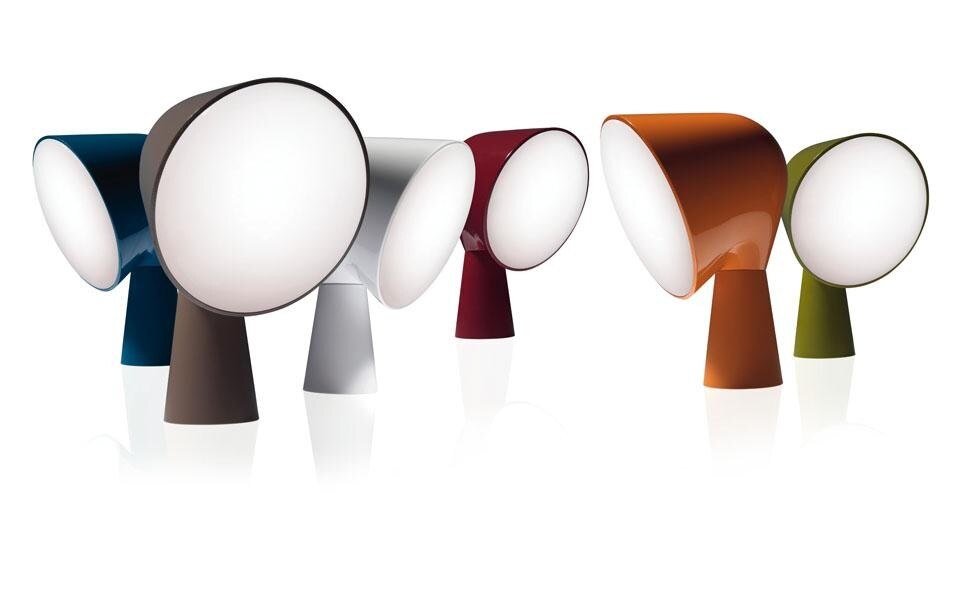
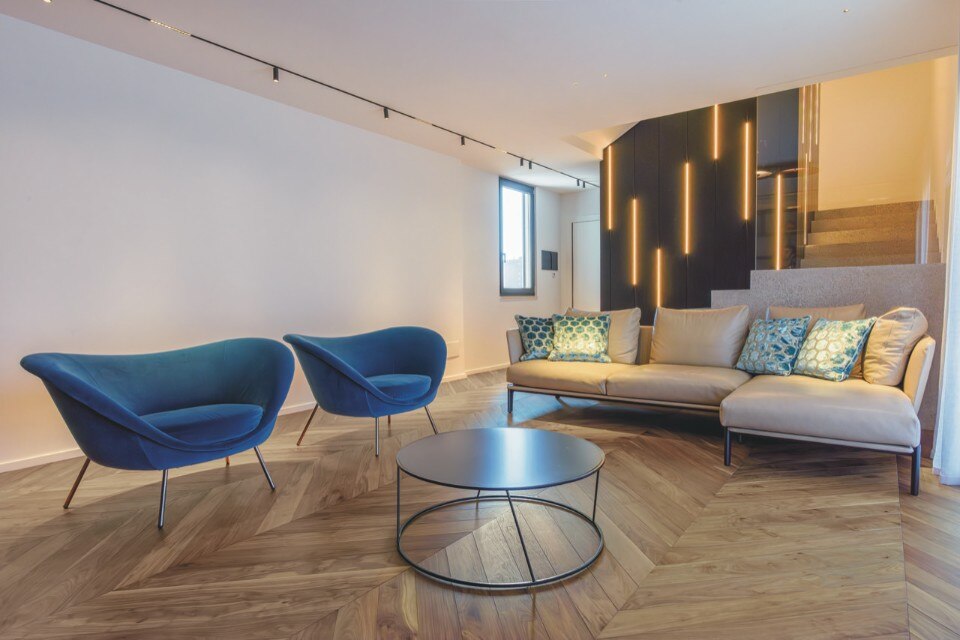
A home where wood is synonymous with innovation
Is there such a thing as a fine and enveloping parquet, warm and refined, but also easy to install and sustainable? The answer comes from Garbelotto.

